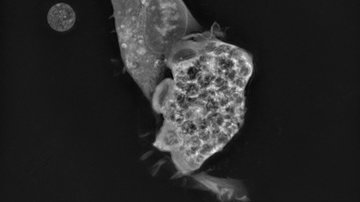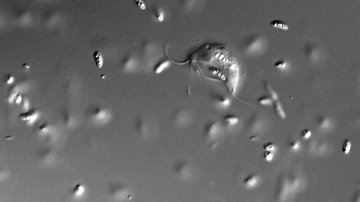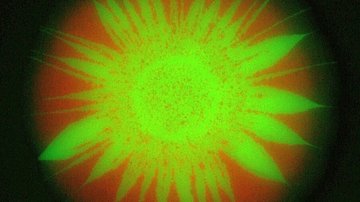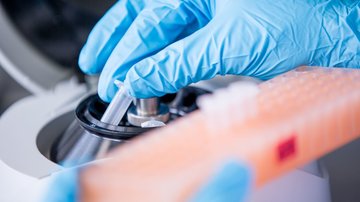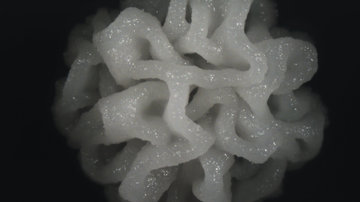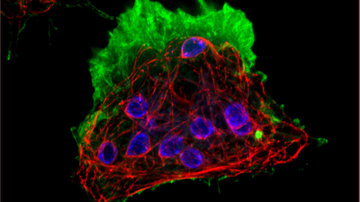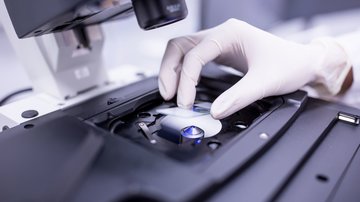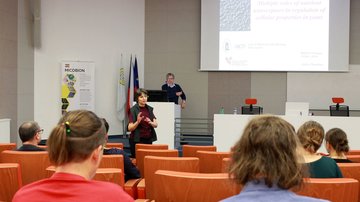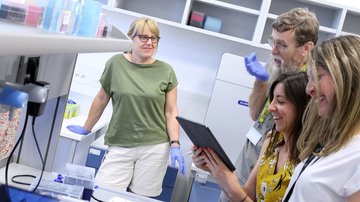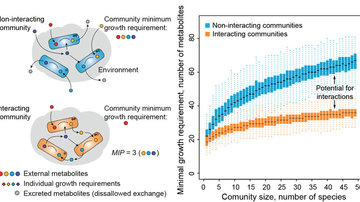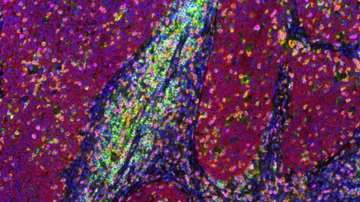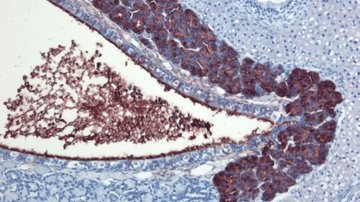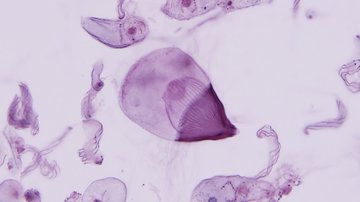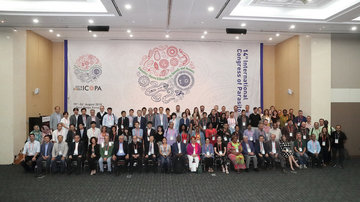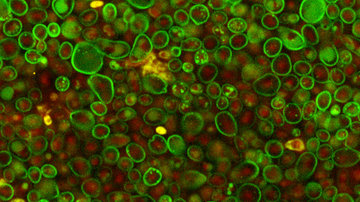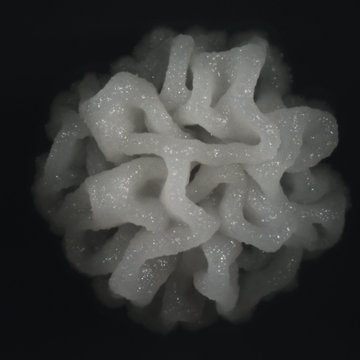
MiCoBion
Could glucose promote the spread of yeast infection in the body?
Significant contribution of our scientists to the field of pathogenic biofilms - introduction of a new model of regulation of yeast biofilm spread within organisms.
Scientists from the research teams of Zdena Palková (FoS CUNI) and Libuše Váchová (IMIC) at BIOCEV published new findings in the prestigious journal npj Biofilms and Microbiomes on the regulation of formation and dispersal of yeast biofilms. The article contributes towards understanding the mechanism of, and risk factors associated with, the development of fungal infections, and could provide inspiration for effective drug development.
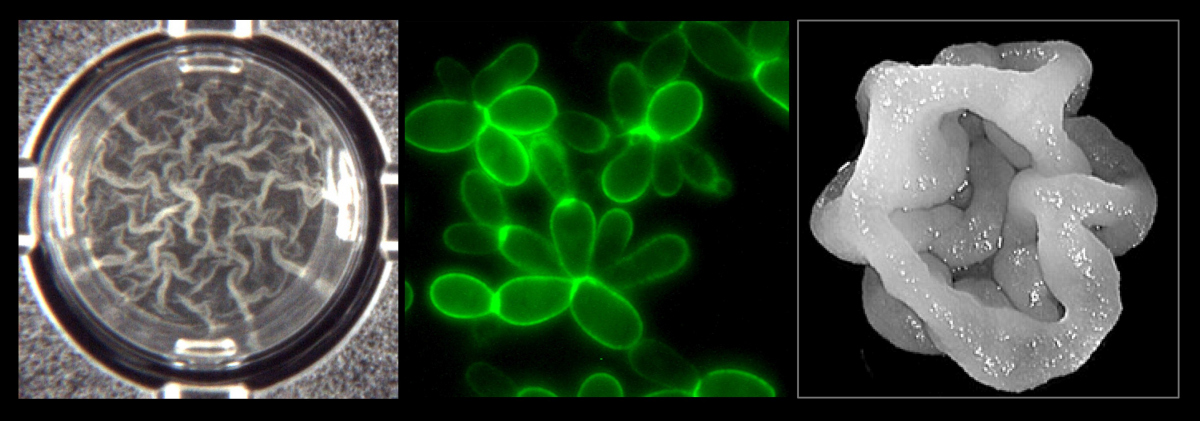
Fungal infections are an increasing problem in medicine, particularly in patients undergoing immunosuppressive therapy, and with the lack of therapeutics, effective against fungal biofilms. The Candida and Cryptococcus spp. are major human opportunistic yeast pathogens, but it has also been demonstrated that infections (including systemic infections) can also be caused by Saccharomyces yeast, which are widely used in the food industry. The frequency of these infections is relatively low and clinical S. cerevisiae strains have specific properties. Nevertheless their high resistance to antifungals allows them to colonize sites, cleared of sensitive C. albicans or other yeasts. The ability to adhere is a key feature that allows yeast cells to populate new sites in the host and to create biofilm (a complex multicellular structure, highly resistant to the host's immune system and drugs).
The authors showed that two phases of the life cycle of biofilm, formed by a natural strain of S. cerevisiae on plastic surfaces, are controlled by the Cyc8p and Tup1p regulators and by the level of glucose. The proposed model of biofilm spread in the host emphasizes the regulatory role of changing glucose levels (for example in the blood) which, via Cyc8p, can “switch” between adhesion (and biofilm formation) and cell release, thereby driving the spread of biofilm. Elevated glucose level thus represents an important risk factor, contributing to the spread of biofilm infections, e.g. in diabetic patients.
Original publication: https://www.nature.com/articles/s41522-020-0118-1


